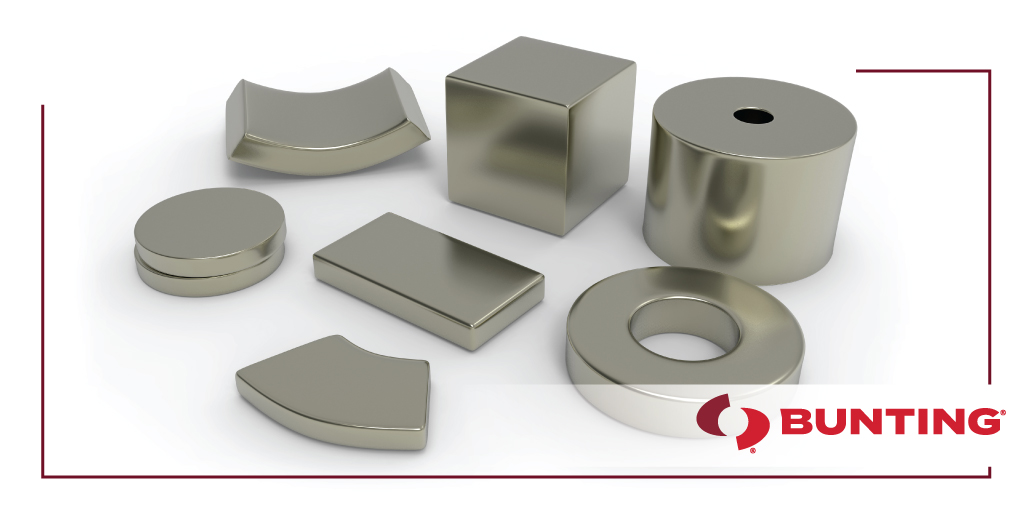One of the greatest challenges facing the oil and gas industry is the finite nature of oil and gas as natural resources. In order to maintain a stable supply of oil and gas, companies must continuously drill new wells. These new wells are often being drilled deeper, drilled in different directions than previous wells, and drilled in environments that are more extreme and contain more unknown elements, such as in deepwater drilling applications. In order to optimize drilling operations, oil and gas companies regularly use two types of magnetic sensors: fluxgate magnetometers and nuclear magnetic resonance sensors.
Oil and gas companies use two types of magnetic sensors to optimize drilling operations
Fluxgate magnetometers are used to measure a magnetic field’s intensity and direction. In the oil and gas industries, fluxgate magnetometers are used in directional drilling applications in order to assess the trajectory of the drill. In directional drilling, multiple new wells are drilled from a single vertical well, presenting superior access and exposure. Directional drilling is highly dependent on having accurate information regarding a drill’s position, as inaccurate positioning can result in well collision. Fluxgate magnetometers allow for wells to be drilled in reservoirs that would otherwise be prohibitively difficult to drill in. Utilizing fluxgate magnetometers for navigation thus results in improved access to material and more efficient usage of resources.
Nuclear magnetic resonance is used to identify key features of rock formations, such as porosity and permeability. These features are critical to determining whether or not a location is suitable for an oil well. Nuclear magnetic resonance is also used to identify downhole fluid types. Nuclear magnetic resonance is highly desirable because it is a non-radioactive operation that oil and gas drillers can use to obtain critical information. By using nuclear magnetic resonance, fluid phases and dynamics present in geological formations can be identified in real-time while drilling operations are taking place. This significantly improves operational efficiency and lowers overall cost.
At Bunting-DuBois, we possess a great deal of expertise working with magnetic sensor applications as well as applications specifically for the oil and gas industry. To learn more about our capabilities, contact us today.

